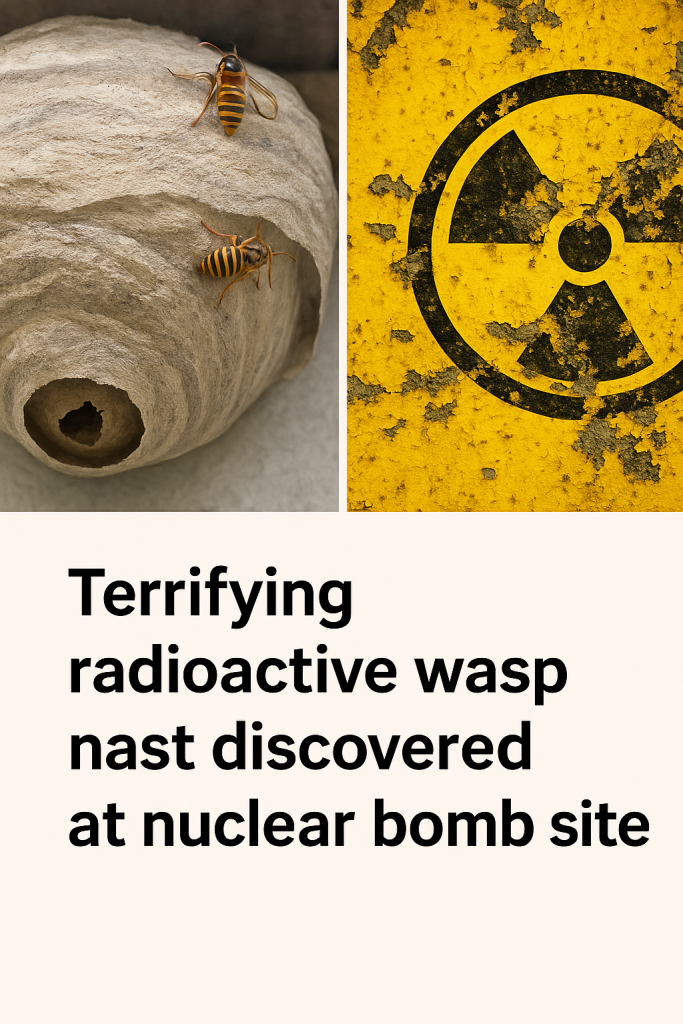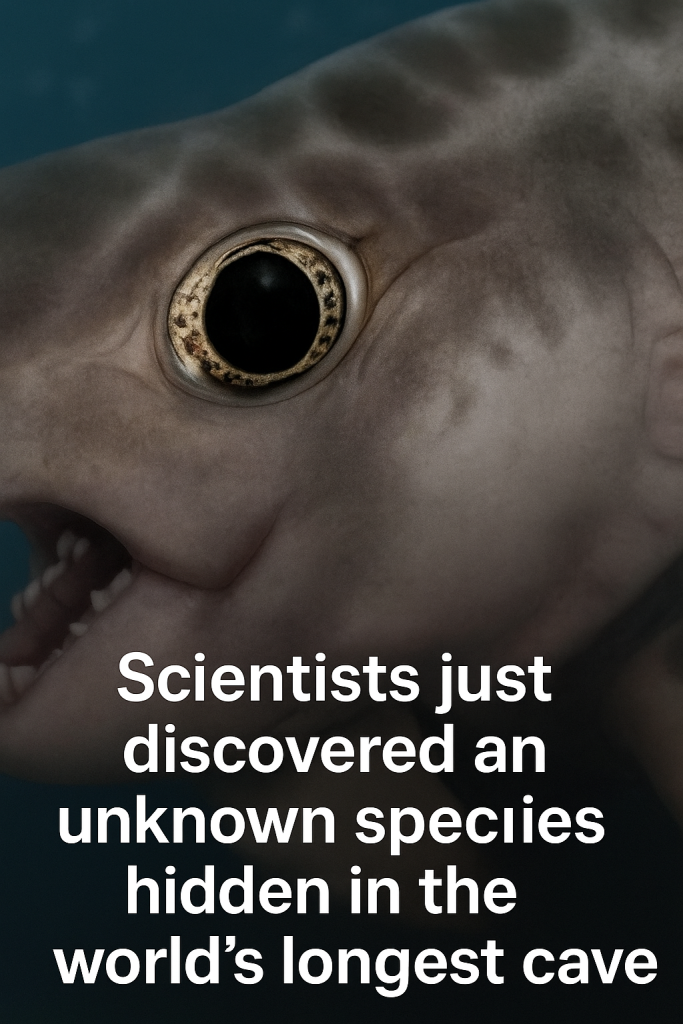In a startling discovery at the Savannah River Site (SRS) in Aiken, South Carolina, radiation monitoring workers have found a wasp nest exhibiting unusual radioactive contamination. The unnerving find has raised questions about environmental safety and the complexities of managing nuclear sites.
The Savannah River Site, a sprawling nuclear reservation known for its historical role in producing materials for nuclear weapons, is routinely monitored for radiation levels by specialized workers. It was during one such routine inspection in early 2024 that the team noticed elevated radiation readings emanating from an unexpected source—a wasp nest growing near the perimeter of one of the site’s restricted zones.
“The discovery was quite unexpected,” said a source familiar with the situation. Workers initially assumed a malfunction with their Geiger counters but soon confirmed that the wasp nest itself was the source of radiation. The level of radioactivity, while not immediately dangerous, was high enough to prompt concern and immediate containment measures.
Experts hypothesize that the wasps could have incorporated radioactive materials into their nest-building process. This could occur if the insects collected contaminated soil, wood, or debris from within or around areas where nuclear materials or waste residues are stored or processed. The incident highlights how radiation can impact local wildlife in nuclear environments in unexpected ways.
The Savannah River Site, managed as part of the nation’s nuclear complex, has considerable areas of contamination from decades of operations related to nuclear weapons production and environmental cleanup. While stringent safety protocols are in place to protect personnel and the environment, this event underscores the ongoing challenges of contamination control.
Environmental scientists and radiation safety officers are now conducting further analyses on the wasp nest sample and the immediate surroundings to evaluate the extent of radiation and any potential risks. Initial assessments suggest that while the nest exhibits detectable radioactivity, it does not pose an immediate health threat to workers or the nearby community.
Nevertheless, the discovery has prompted renewed discussions about the intersection of wildlife and radiation in contaminated sites. Insects like wasps, which are ubiquitous and mobile, might inadvertently carry radioactive particles outside controlled areas, raising concerns about the spread of contamination beyond designated zones.
Environmental biologists stress the significance of monitoring fauna at nuclear sites, emphasizing that such findings can provide critical insights into the environmental impact of radiation and help improve remediation strategies. The wasp nest discovery serves as a unique case study in how atomic legacy sites continue to interact with nature decades after initial operations ceased.
Officials at Savannah River Site have reassured the public that safety remains their top priority. They are increasing their surveillance efforts and taking steps to mitigate any potential ecological effects stemming from radioactive contamination in the area.
The radioactive wasp nest incident is a vivid reminder: the long-term footprint of nuclear activity can manifest in unpredictable ways, making persistent vigilance essential. As investigations continue, the scientific community will be watching closely to understand the broader implications of this finding for nuclear site stewardship and wildlife health.



